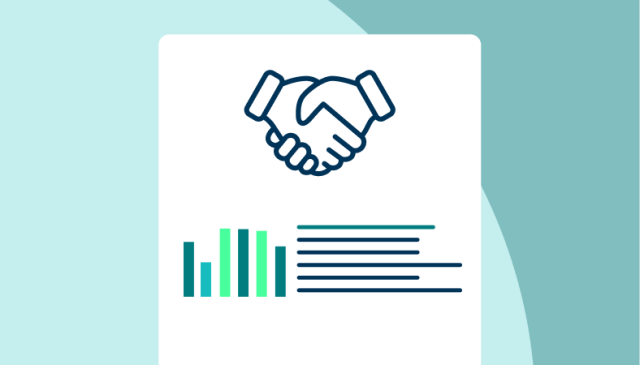How much is your asset management solution actually costing you?
You’re paying for your asset management technology, but do you know how much? We have found some common ways vendors can tack on hidden fees. Consider these factors and ask these questions. You’ll end up with a solution that satisfies your budget but doesn’t cut corners on user experience.
Is it cloud-based or on-premise?
Asset management software can come in two forms: cloud-based, which is hosted on the vendor’s servers, and on-premise, which is hosted by the organization’s servers.
From healthcare asset management to education facility management, you have probably noticed the popularity of cloud-based computing over the past few years. Why? Flexibility and scalability. Having cloud-based computing means there are no upfront costs for hardware installation, which means minimal maintenance and associated fees. Not to mention, cloud-based asset management technology can be scaled to meet the short- and long-term needs of your organization. In other words, pay only for the virtual resources you need and avoid over-spending. This type of asset management platform comes with a higher monthly/annual bill, but you will save on upfront and long-term costs.
On the other hand, in-house software has little to no monthly fees, but the upfront costs are higher than cloud-based computing. Once your organization purchases an on-premise solution, you have localized control over the information stored on it. Having an in-house management system, however, requires additional licensing, hardware, and an on-staff IT guru to maintain it.
What does implementation look like?
So, you’ve purchased the asset management technology, but its success lies squarely on proper implementation. This is where cloud-based versus on-premise considerations come into play again. An on-premise solution requires a greater level of effort to procure, configure, and deploy the necessary hardware and software within your organization. Whereas, cloud-based asset management vendors do the heavy lifting for you, based on requirements determined by your team.
What does this mean for you? An easy-to-implement, cloud-based solution can give your team their time back, without affecting the bottom line.
Additionally on-premise implementations are often where vendors add a lot of professional services expenses to your purchase price. Be sure to ask what the implementation costs are, and fully understand what your and your vendor’s responsibilities are throughout the process.
What are the staffing and training requirements?
Your staff needs access to your asset management technology, so what are the financial implications? On-premise service providers will charge you based on the number of licenses distributed. These licenses generally require training, virtual or off-site, to effectively use the service. Therefore, as your team grows, so will your spending on adequate staffing and training.
Managing your education, government, manufacturing, or healthcare assets through the cloud eases the financial burden of having on-site support and operational maintenance. You pay a monthly/annual fee so that your vendor will take care of that, and vital functions such as workflow maintenance and automated ordering, remain uninterrupted.
How does the platform handle customer support and upgrades?
All asset management technology will require support services and operational upgrades. The key is finding out how your chosen platform handles them.
On-premise solutions will, at times, charge their users for necessary upgrades and dedicated support contacts. Given the unpredictability of on-premise asset management technology, this can result in costly, unforeseen expenses.
With a cloud-based solution, upgrades are the responsibility of the vendor, not the customer. Therefore, you can focus on running your organization while the vendor takes care of necessary maintenance or technical issues. A reputable, cloud-based solution will also provide various avenues of client support.



